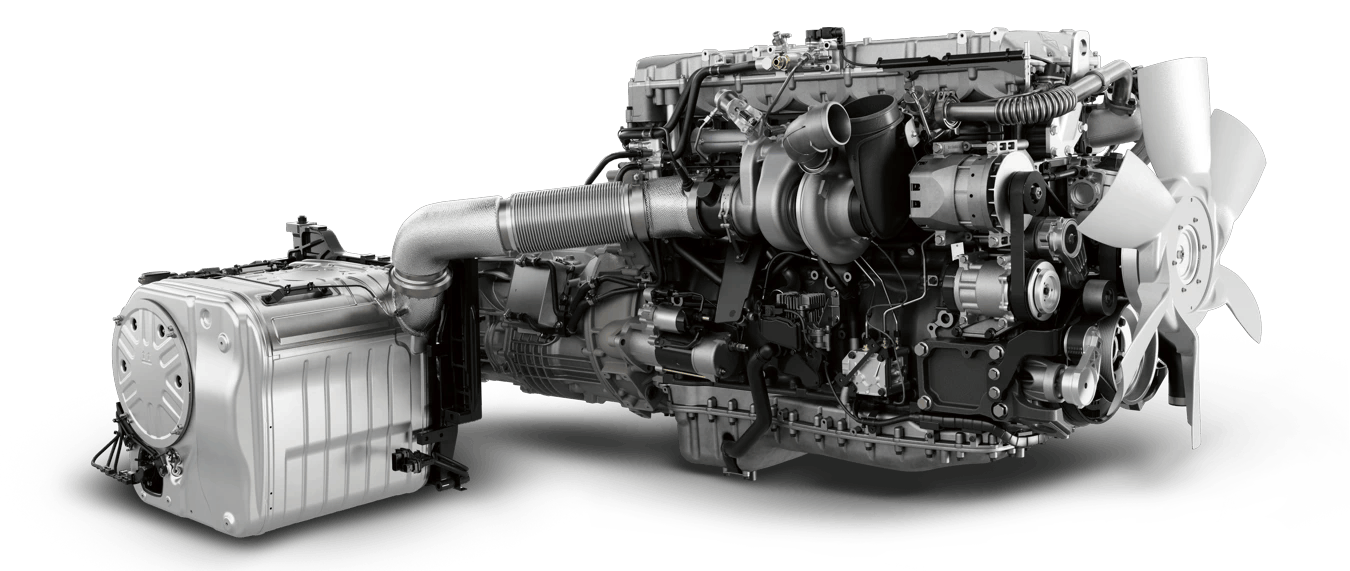All About Team Driving
Understand the good and bad of partnering up for the long haul

BACK TO BLOG
Nitrogen oxides (NOx) sensors play a pivotal role in ensuring your truck's exhaust system operates efficiently. As part of the diesel aftertreatment system, NOx sensors are designed to detect harmful nitrogen oxide particles in the exhaust stream.
The Role of NOx Sensors in a Commercial Truck
Situated on either side of the Selective Catalytic Reduction (SCR) system, heavy-duty trucks typically feature two NOx sensors in their aftertreatment system. The inlet sensor gauges NOx levels in the exhaust before entering the SCR system and sends the data to the engine’s onboard computer (ECU). This information helps the ECU determine valve timing and the amount of Diesel Exhaust Fluid (DEF) to inject into the exhaust gas. The DEF reacts with the NOx and separates it into water and nitrogen, thereby reducing harmful emissions. The second sensor is positioned after the SCR and monitors remaining NOx levels to ensure the SCR is functioning properly.
Common Causes of NOx Sensor Failure
NOx sensors typically last between 100,000 to 150,000 miles. They are very sensitive and are susceptible to damage and contamination. The common causes of NOx sensor failure include:
Soot build up from a rich fuel mixture can lead to inaccurate readings and disrupting the ECU and SCR.
Water exposure in the ECU and SCR will damage NOx sensors if the truck isn’t driven long enough for the exhaust to get hot enough to prevent moisture from condensing on the NOx sensor probe.
Leaking or improperly adjusted injectors and misfiring cylinders let unburned fuel into the exhaust.
Worn rings and leaking values increase oil consumption that enters the exhaust stream and settles on the NOx sensor probe. This prevents it from properly reading the NOx levels.
Excessive engine operating temperatures adversely affect the sensor’s ability to perform accurate readings over time.
Symptoms of a Faulty NOx Sensor
Malfunctioning NOx sensors can result in increased DEF consumption, increased fuel consumption, and unstable idling. These symptoms are often accompanied by warning lights on the truck's dashboard. When a sensor fails, you should service the engine as soon as possible.
Driving with a Faulty NOx Sensor
While it's possible to drive for a short period with a faulty NOx sensor, the engine will run rich and increase its DEF consumption. Prolonged use without addressing the issue can prompt the ECU to initiate engine limp mode and severely reduce performance.
Understanding the role of NOx sensors, recognizing signs of malfunction, and promptly addressing issues are crucial for maintaining a truck's performance and preserving its aftertreatment system. While replacement costs may vary, investing in a quality OEM sensor is a wise choice to avoid long-term complications associated with driving a truck with a faulty NOx sensor.